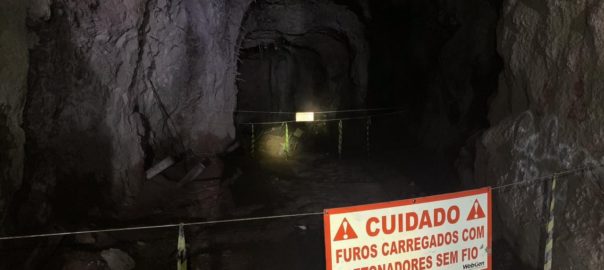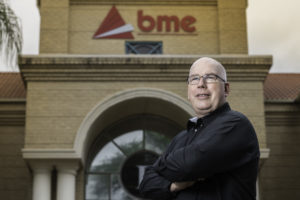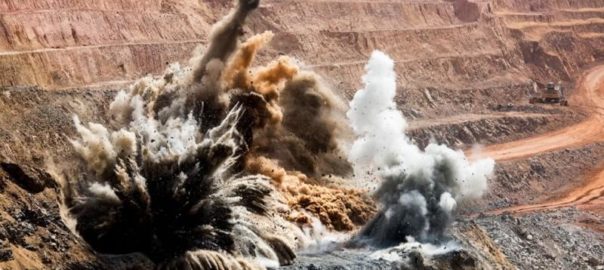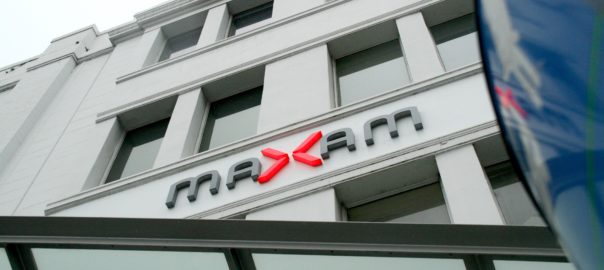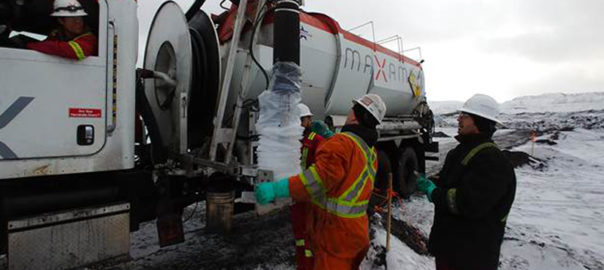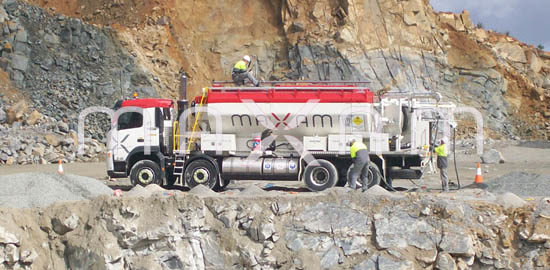Orica’s fully wireless initiation system, WebGen™, has another achievement under its belt, this time helping Nexa Resources’ Vazante underground mine reduce ore dilution from 27% to 20%, resulting in a net benefit of $1.59 million.
The single blast event achieved a smaller hydraulic radius by keeping the pillar during the stope extraction which, in turn, resulted in a reduced cycle time to 20 days, down 70% from an expected 90 days, by maintaining two mucking access points to the main stope. This was only possible due to the wireless capability of WebGen, Orica said.
“The unique blasting approach dramatically improved safety by pre-loading the pillar with WebGen, minimising the exposure of personnel and removing the need to re-enter the area,” the company said.
WebGen allows for groups of in-hole primers to be wirelessly initiated by a firing command that communicates through hundreds of metres of rock, air, and water. This eliminates the need for down-wires and surface connecting wires, enabling new mining methods and blasting techniques that are safe and reliable, according to Orica.
In addition to Vazante, WebGen has improved performance and safety at several other mining operations, including Newmont’s Musselwhite operation (Canada) and First Quantum Minerals’ Kevitsa mine (Finland).
Nexa Vazante Chief Mining Engineer, Mateus Ribeiro, said: “Thanks to this technology and partnership, we recovered an island rib pillar, which is a pillar kept in the open stope for dilution control. After all the ore from the block was extracted and the pillar had completed its requirement, the pre-loaded holes were successfully initiated remotely.
“We went through a series of improvements in the evolution of blasting technology with Orica, from the first detonators until nowadays using 100% wireless detonators. The blast happened two levels below us, so we are 400 m away, above the shot. All encoded signals were sent through the rock with the safety protocols to fire the blast being followed.”
Vazante is a zinc-lead mine owned by Nexa Resources, located in northwest Minas Gerais, Brazil. Using vertical retreat mining (VRM) and long hole open stope as the main methods for ore extraction, the mine has traditionally deployed wired initiators in the recovery of ore, typically yielding around 60% ore recovery in the pillars. The application of wired initiators also required increased resources and time in the mine, according to Orica.
In 2019, Orica proposed the implementation of WebGen wireless initiating technology at Vazante to support the team in mitigating the operational and safety challenges of the mine. Enabled by the wireless technology, ore within the pillars can be recovered through pre-loading without the need to return to the open stope. With the introduction of WebGen, the mine was able to gain time in the sequencing of the blast and extract ore previously inaccessible while improving its operating productivity, according to Orica.
Orica’s Latin America Wireless and Electronic Blasting Systems Specialist, Wesley Andrade, said: “The Nexa Vazante crew and our team conducted extensive site signal surveying and applied best practices to ensure the drill pattern in the pillar was accurately loaded with WebGen 100 units, encoded and positioned as planned.
“This achievement in recovering a pillar through wireless initiation while protecting people from hazards is made possible only by the strong partnership between Nexa Vazante and Orica. We are thrilled to have Nexa Vazante successfully implement wireless blasting with our WebGen initiating system.”
The pillar pre-loaded with the wireless initiators was safely fired after 33 days of sleep time, with several ore blasts taking place alongside the pre-loaded pillar. A second application is currently being studied to allow pre-loading of an entire stope, which will reduce operational risk, the number of cycles and increase ore production and therefore profitability for Nexa Vazante, Orica says.
The new generation of wireless initiation system, WebGen 200, is set for commercial release in early 2021. A newer, improved version, WebGen 200 harnesses digital technology to allow advanced reprogramming and digital inventory management, offering mine operations an integrated user interface with improved quality assurance, according to Orica.







